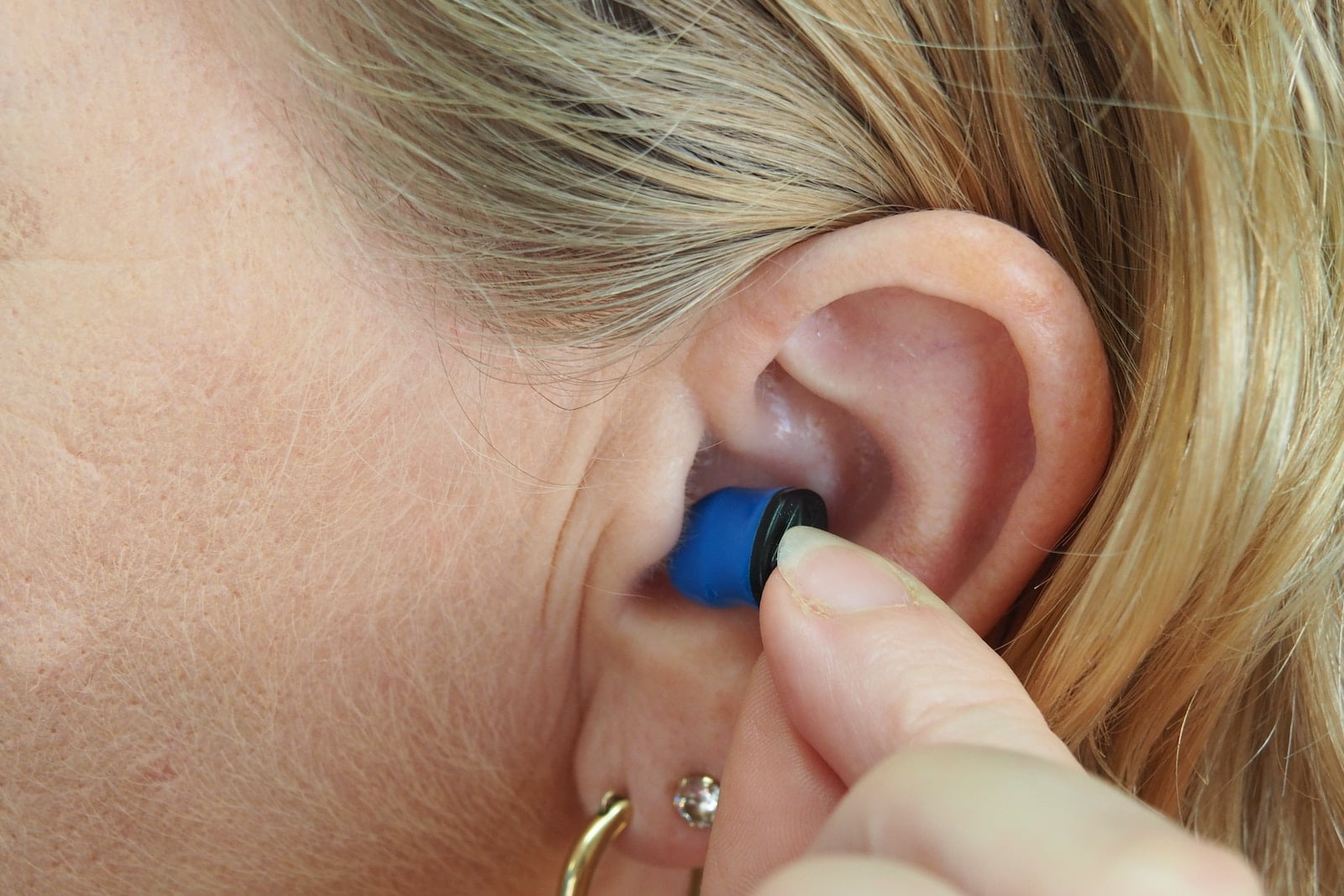
Ear cleaning is an essential part of maintaining good hygiene and preventing ear infections. While it is advisable to seek professional help for severe ear conditions, there are gentle and effective techniques you can try at home to keep your ears clean and healthy. In this article, we will explore safe home ear cleaning techniques that you can incorporate into your regular self-care routine.
Before we delve into the techniques, let’s understand why ear cleaning is important. Our ears naturally produce cerumen, commonly known as earwax. Earwax helps to lubricate and protect the ear canal, trapping dust, debris, and foreign particles that may enter the ear. However, excessive earwax buildup can lead to discomfort, hearing problems, and even ear infections. By practicing safe ear cleaning techniques, you can prevent these issues and maintain optimal ear health.
Ear cleaning is important because it helps to prevent the accumulation of excessive earwax, which can cause discomfort and lead to various problems such as hearing loss and ear infections. When earwax builds up, it can block the ear canal and affect the proper functioning of the ear. Regular ear cleaning helps to remove excess earwax and maintain optimal ear health.
Softening earwax is the first step to facilitate its removal. Here are some gentle methods to soften earwax at home:
Softening earwax before removal is important as it makes the process easier and more comfortable. Olive oil can be used to soften the earwax effectively. The oils help to break down the earwax and make it easier to remove. Hydrogen peroxide can also be used but isn’t recommended due to the sensitivities some people can have to it.
Flushing your ear with warm water can help dislodge softened earwax. Follow these steps for a safe and effective earwax flush:
Flushing the ear with warm water is an effective way to remove loosened earwax. The warm water helps to melt the earwax, making it easier to flush out. It is important to use lukewarm water to prevent discomfort or injury. Flushing the ear with excessive force should be avoided as it can cause damage to the ear canal or eardrum.
After cleaning your ears, it is crucial to dry them properly and moisturise the ear canal to prevent irritation and further wax build up. Follow these steps:
Properly drying and moisturizing the ear canal after cleaning helps to maintain the health of the ear. Excess moisture in the ear canal can create a favorable environment for bacteria or fungi to grow, leading to infections. Using ear moisturising drops helps to keep the ear canal hydrated and prevents dryness or irritation.
Maintaining clean and healthy ears is crucial for optimal hearing and overall well-being. By incorporating gentle and effective home ear cleaning techniques into your routine, you can prevent excessive earwax buildup and reduce the risk of discomfort and infections. Remember to always prioritise safety and seek professional help if you experience any concerning symptoms or have underlying ear conditions.
Q: Why is ear cleaning important?
A: Ear cleaning is important because it helps to prevent the accumulation of excessive earwax, which can cause discomfort and lead to various problems such as hearing loss and ear infections.
Q: How can I soften earwax at home?
A: You can soften earwax at home by using olive oil. Warm a small amount of oil to body temperature, instil a few drops into the affected ear, massage the area, and let it sit for 10-15 minutes before draining out the oil and softened earwax.
Q: How can I flush my ear with warm water?
A: To flush your ear with warm water, fill a rubber bulb syringe or a clean ear irrigation kit with lukewarm water, tilt your head to the side, gently insert the tip of the syringe or irrigation kit into the ear canal, and release a steady stream of water into the ear canal. Allow the water to flow and drain out naturally.
Q: How should I dry and moisturise my ear canal after cleaning?
A: After cleaning your ears, gently pat the outer ear with a clean towel, tilt your head to the side to allow any remaining water to drain out naturally, use a clean, dry cloth or a hairdryer on the lowest setting to gently dry the ear canal, and apply a few drops of over-the-counter ear moisturising drops to prevent dryness and irritation.
On many occasions after providing a full hearing assessment I get asked the question “can…
Microsuction is a safe and effective method for removing earwax and debris from the ear…
Ear wax, also known as cerumen, is a substance that is naturally produced by our…
Ear wax, or cerumen, is a natural substance produced by the ear canal to protect…
Cleaning our ears is an important part of our personal hygiene routine. It not only…
Earwax, also known as cerumen, is a natural substance produced by the ear canal to…
This website uses cookies.